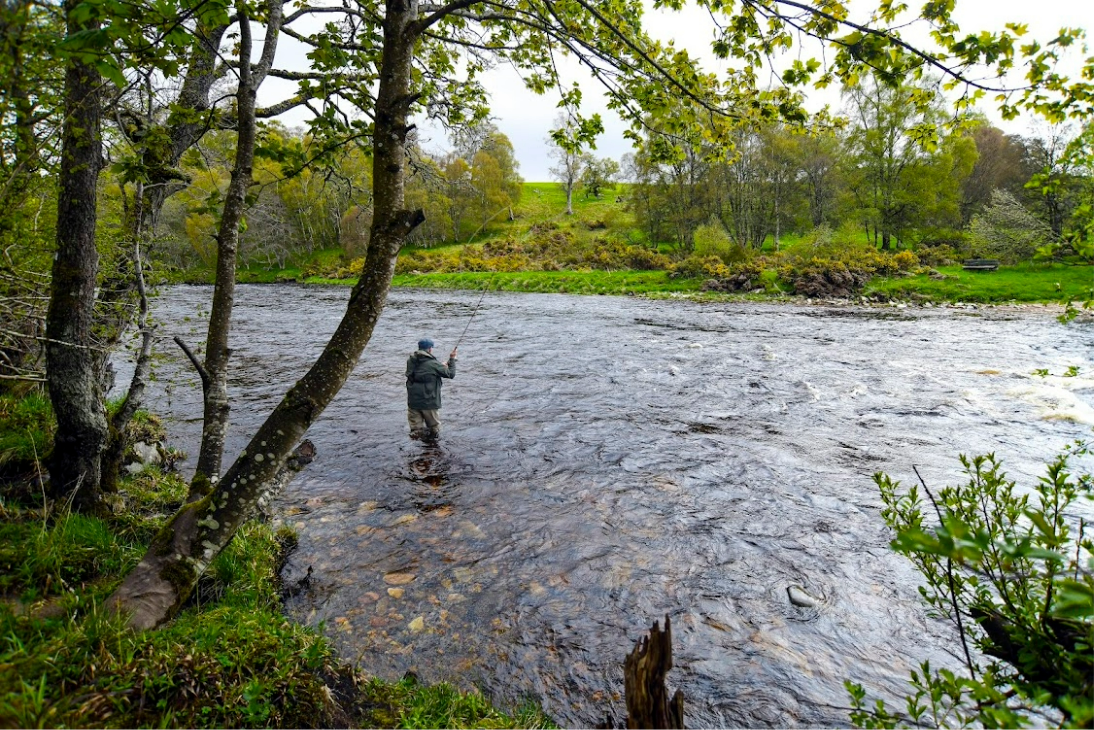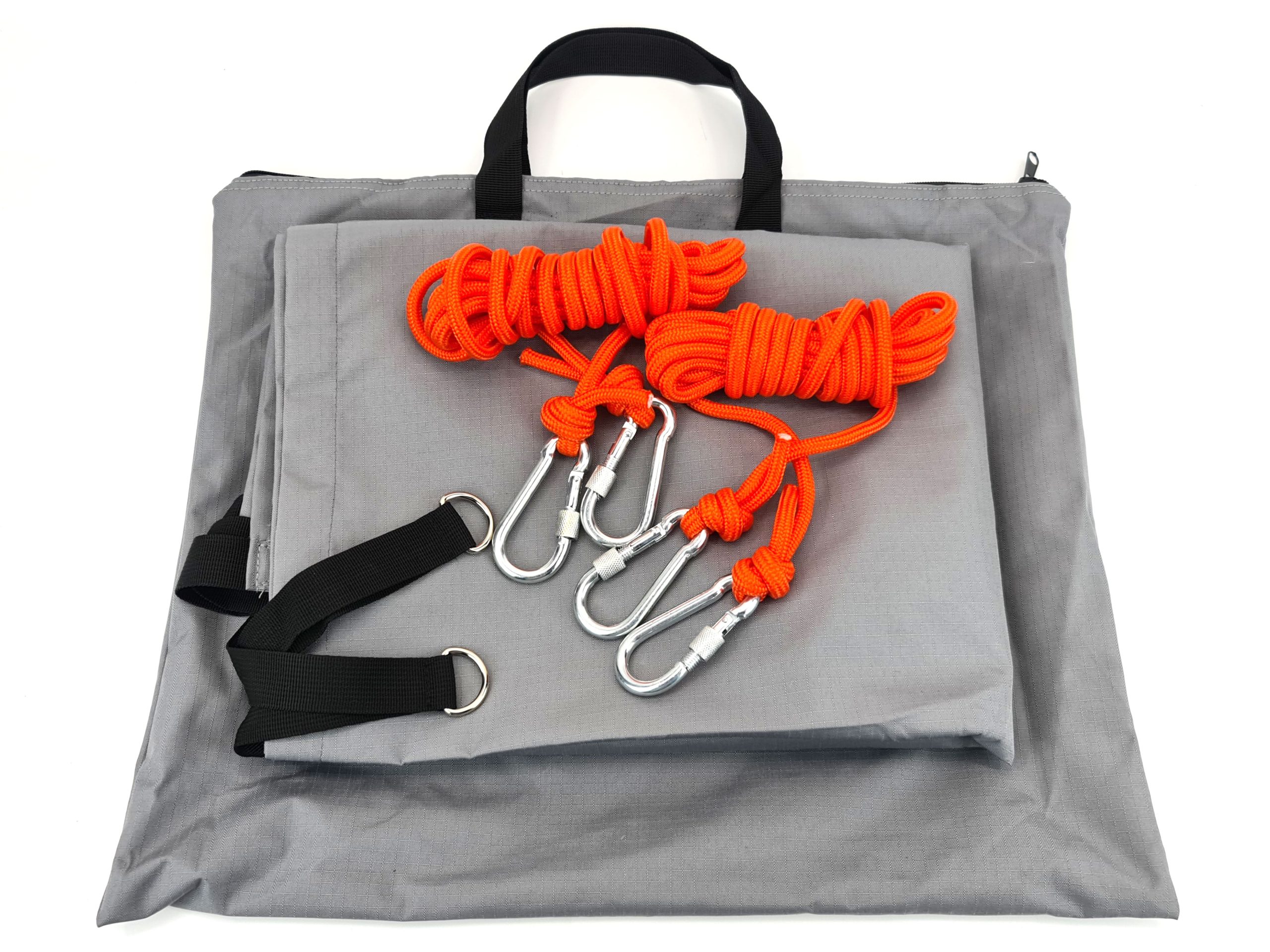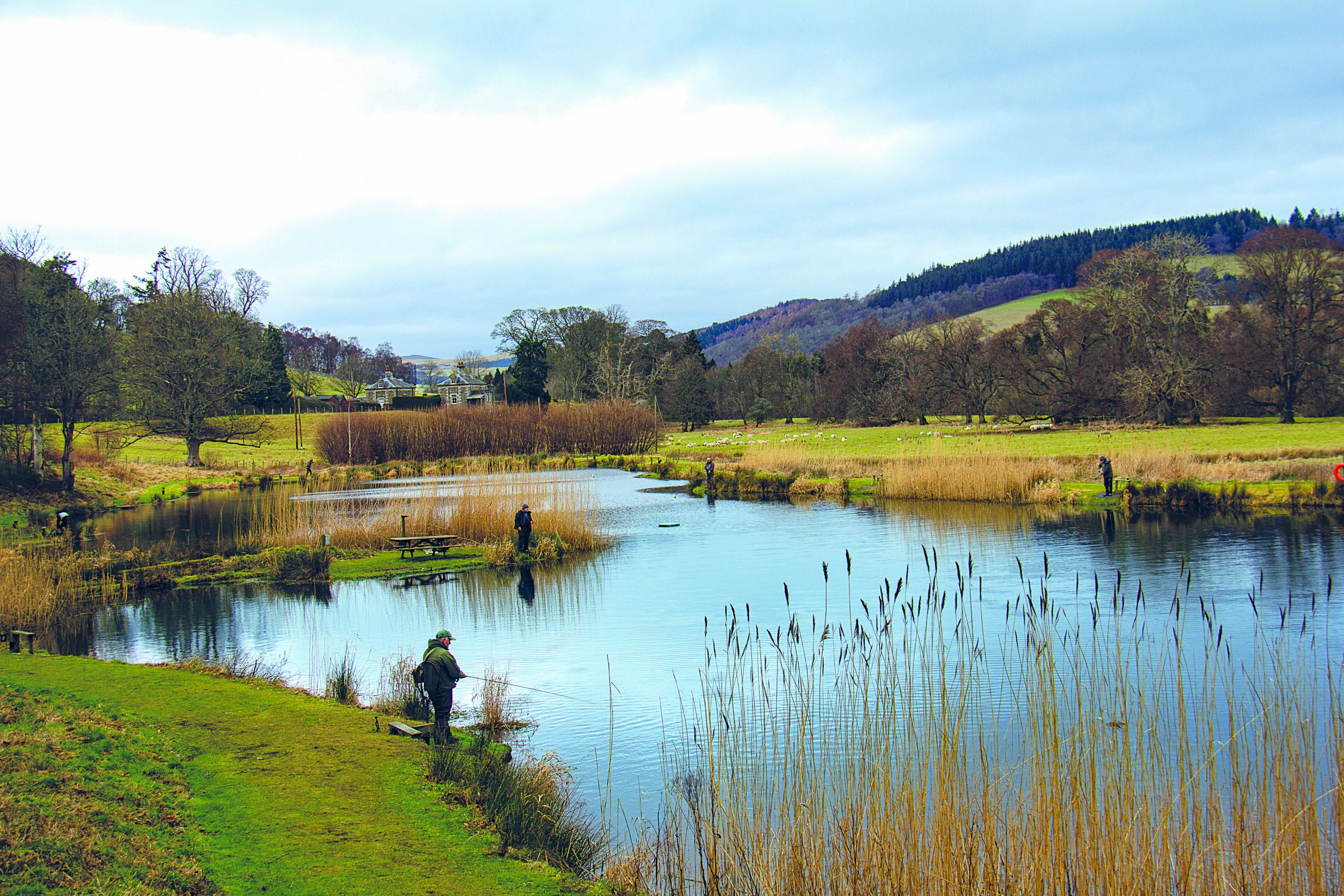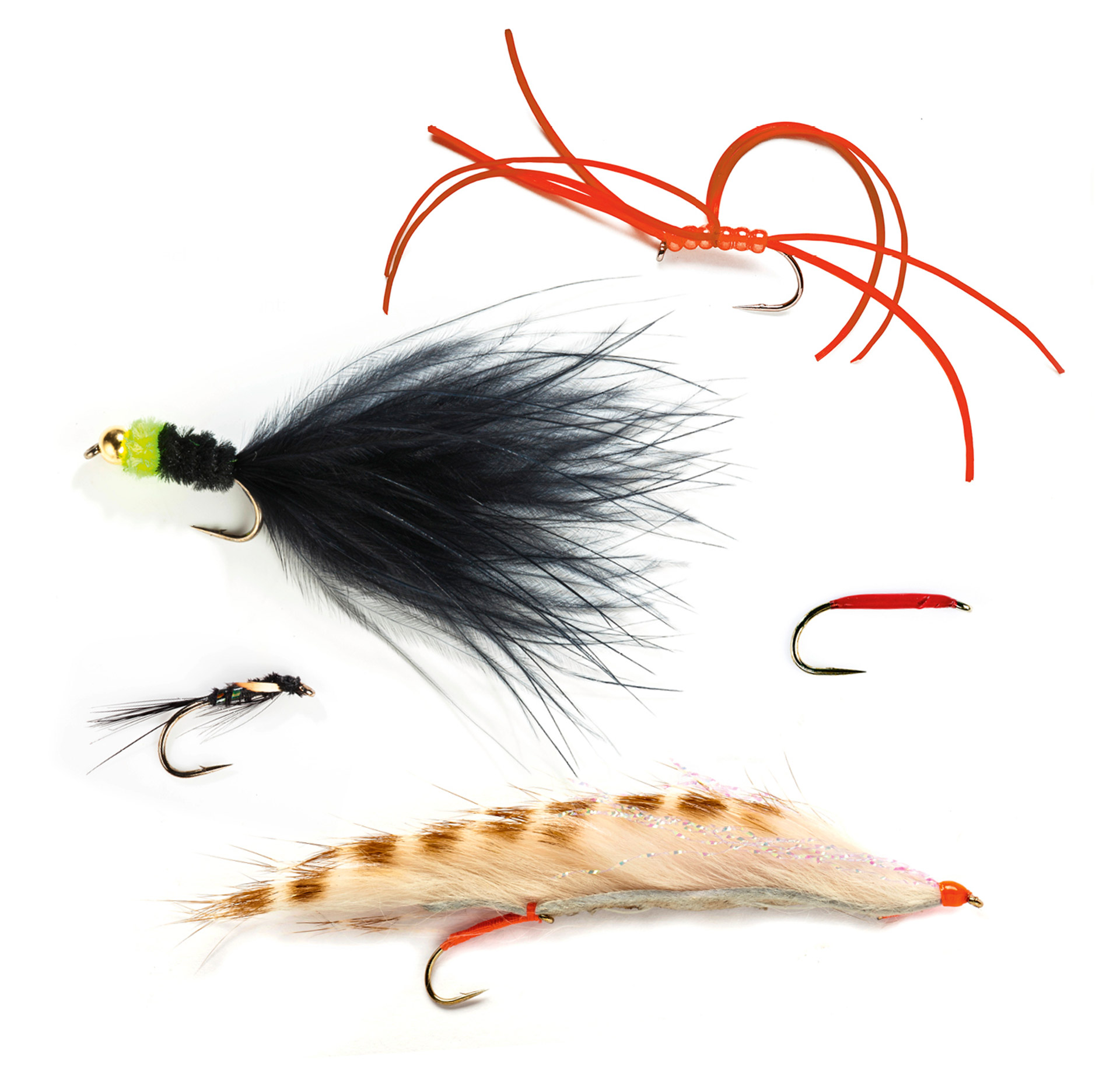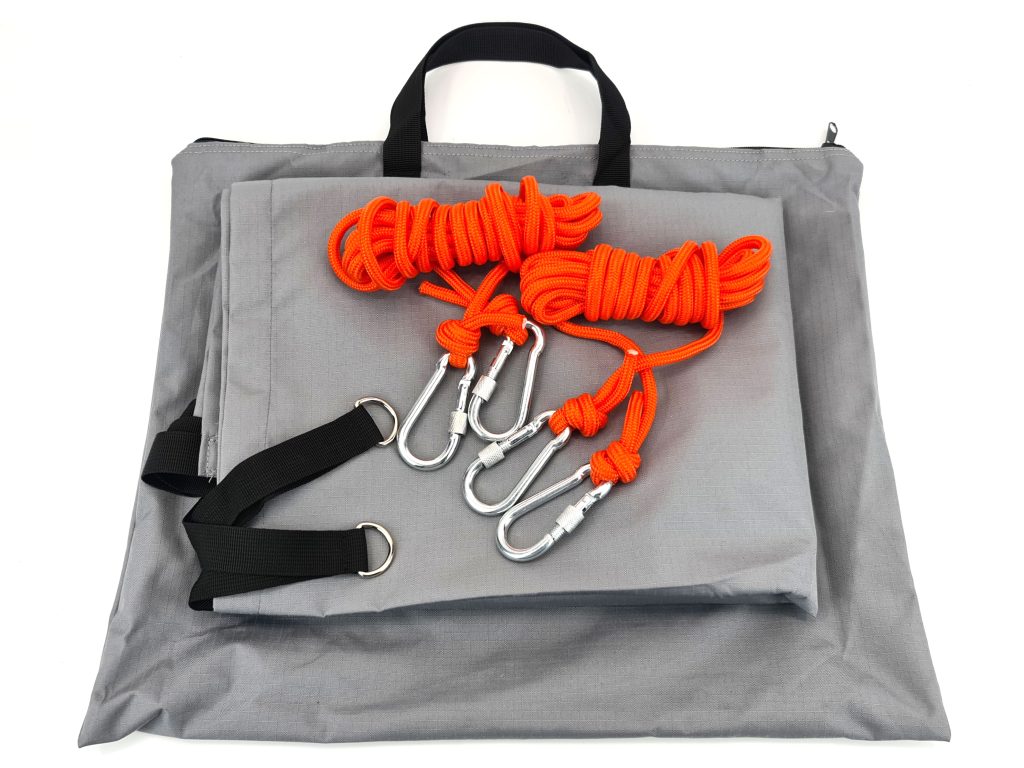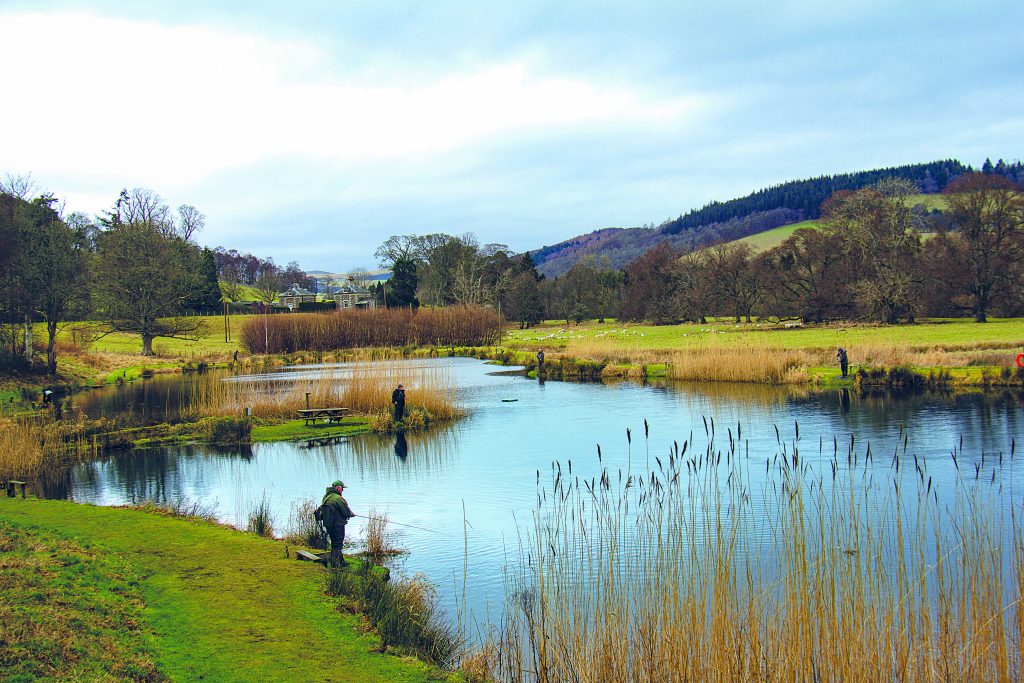Catch trout in winter
Tactics for successful days on small stillwaters, including common faults and fixes
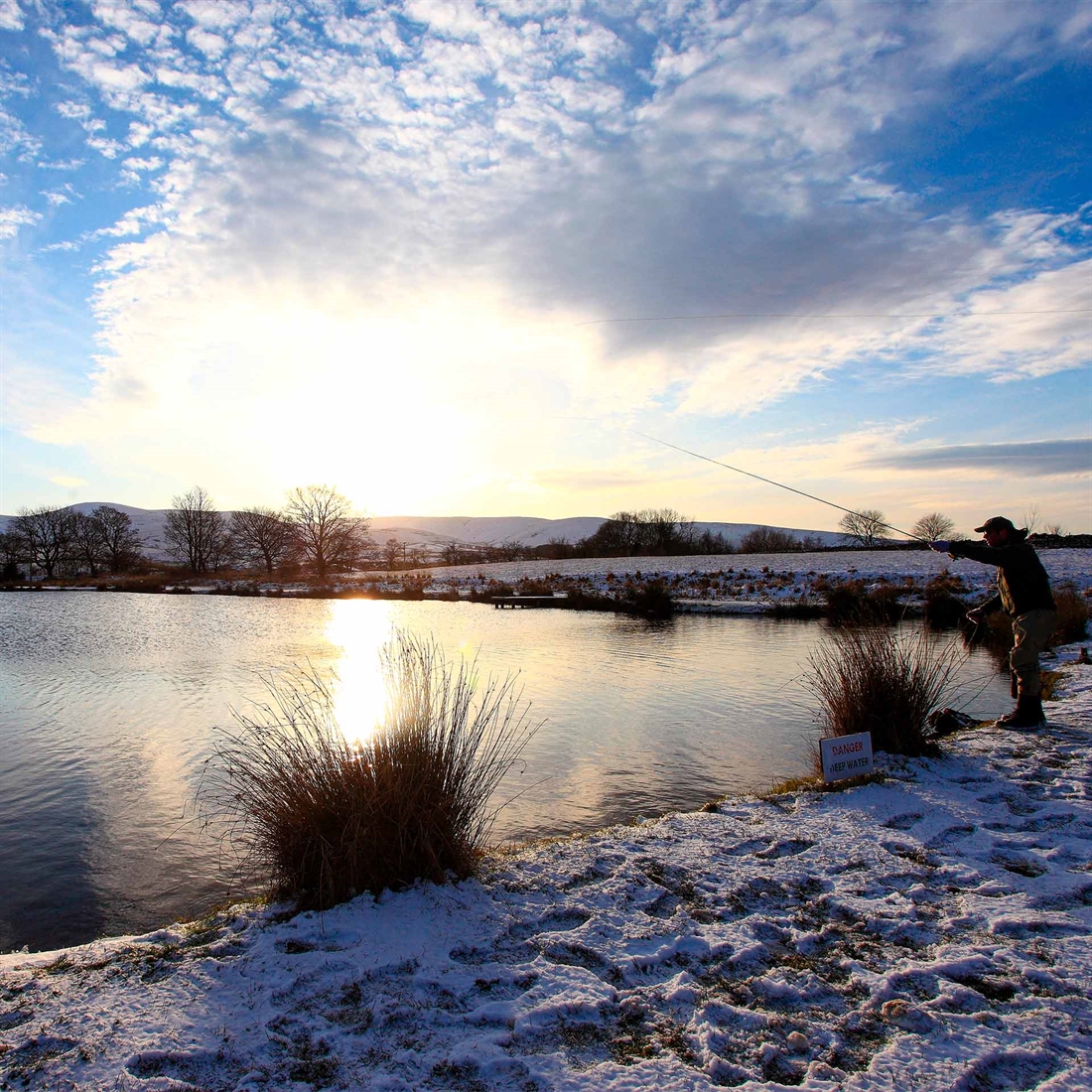
Most of us don’t have the luxury of fishing only when the weather is ideal and must make things work on a particular day, booked in advance. But while the weather is a lottery, I have a standard approach to my winter fishing that has served me well.
Preparation
It starts with comfort. I always use a layering system topped with good waterproofs. Keep warm and dry and you will fish with more concentration, confidence and are more likely to experiment. I even keep an emergency kit in the car just in case I do get wet or cold.
Don’t worry about the trout, they are cold-blooded and at their happiest in cold water. Comfortable fish are feeding fish and with oxygen levels at their best in winter the trout will be in peak condition to give an excellent account of themselves. Only rarely will they go deep and be comatose if conditions remain extremely cold for long periods.
Searching tactics
Now that I’m warm and working on the assumption that I’m going to catch, I first look for an area of middling depth, around 9ft (and preferably not flat calm).
A floating line covers most things for me and I’ll start with a Tadpole-style fly on at least a 15ft leader. If not a single fly, then a dropper with a simple Diawl Bach or Black Pennell about 6ft from the Tadpole.

I fan-cast to search all the water within range and repeatedly vary the depth and style of retrieve. I always finish each retrieve by looking for the fly as I’m lifting off. I’m expecting to get a take or at least a follow on every cast, and it’s the lifting which often induces a take as the fly rises to the surface.
I’m constantly scanning the water looking for areas of possible activity and because I can’t watch the end of my line and scan the water at the same time I keep my rod tip on or in the water so that I can feel for takes.
If takes or follows only come to a deep retrieve, particularly a quick one, then I switch to a slime line which though relatively slow sinking will keep the fly deeper in the water. This line is also my number-one choice if there’s an icy wind rippling the surface because it helps to keep my flies under the top layer of cold water.
There is no doubt that trout see colour, so I will change to a different-coloured Tadpole every dozen or so casts if takes aren’t forthcoming. In winter I start with black, then go to olive, white and then orange. If it’s really cold, I try pink, too. Years ago in my competition days, this was my winning tactic.
If I see fish jumping or rising elsewhere, I quickly change position, simply because there’s more chance of catching if your fly is over fish.
FOUR FLIES TO TRY
Clockwise from right: Apps Bloodworm, Datsun, Snake, Diawl Bach and Black Tadpole.
A chance at noon
Often, around midday fish will move on the surface to a hatch of tiny buzzers, but they will still take much bigger flies. However, if it’s a catch-and-release fishery, be prepared to reduce fly size as the fish will be more wary. This period may be no more than an hour, but I’m still more than ready to put on a small black F-fly when fish are showing.
If it’s breezy and there’s little happening after a couple of moves (and sometimes from the word go) I will brave the wind in my face. I’ll cut the leader back to 9ft-12ft and often use the slime line or occasionally a faster sinker.

| Faults and fixes |
|---|
| ■ Fault: The leader is too short. Fix: Winter water is often clear, so make sure your leader is at least 12ft long. ■ Fault: Never varying the retrieve. Fix: No two days are the same, fish react differently, so try different speeds. ■ Fault: Failing to change the fly. Fix: Change the colour and/or size at least every 15 minutes if there’s no response. ■ Fault: Fishing too deep. Fix: It’s a fallacy that trout are always deep in winter. Try different depths. ■ Fault: The fly is too big. Fix: Another winter fallacy is that only big, black flies work in cold water. Mix it up. ■ Fault: Failing to move. Fix: If you aren’t getting takes, it’s possible there are no fish in front of you. ■ Fault: Trying to cast too far. Fix: There’s little point in your line and leader landing in a heap and only straightening out as you’re about to cast again. Cast within your ability. ■ Fault: Endless false casting. Fix: You’ll only catch fish when the fly is in the water. ■ Fault: Using a fly that’s too heavy. Fix: To fish deeper, let the fly sink a bit. |
Keep moving!
Although the downwind shore can be hostile in winter, it’s invariably where the fish are found. It’s not that food is being blown downwind, it’s more that the current produced by the wind invigorates the fish and the wave action dislodges nymphs and shrimps, providing easy pickings.
In this situation I’ll fish for short periods, then go for a walk to thaw out. That way I keep warm, confident and still expect a take on every cast.
The water here may be more turbid and there is a view that darker flies will provide a better silhouette. I’m not convinced and will continue to swap colours if takes aren’t forthcoming.
| Beating the weather |
|---|
| ■ Problem: Heavily coloured water caused by run-off from rainfall. Solution: Never the easiest. Try an all-black fly retrieved slowly. ■ Problem: An influx of cold or maybe tainted water, again after rainfall. Solution: Even more testing. Fish are probably feeling out of sorts and not inclined to feed. A bung with a couple of nymphs may produce an occasional take. ■ Problem: Gale-force wind. Solution: Good news. The fish don’t mind. Can you find a sheltered spot? ■ Problem: Heavy rain. Solution: Not a problem for the fish. It’s only poor clothing that makes it hard for us. ■ Problem: Freezing rod rings. Solution: The water surface will be cold, too. Fish deep, clear the ice frequently, or wait for the daytime temperature to pick up. ■ Problem: Partial ice cover. Solution: It’s possible to catch right up against the ice and, surprisingly, in water that’s not too deep. ■ Problem: Bright sun, no wind and shallow, clear water. Solution: Possibly the worst conditions. Look for deeper water and try a Booby, fished hard on the bottom. |
As the sun sets
There are days when my standard tactics don’t work and I’ll assume the fish are not keen on feeding. In which case I’ll find a quieter area and return to the floating line and long leader but this time with an Apps Bloodworm or Datsun on the point, paired with a small, black nymph. Fished at depth with a slow retrieve, it will often pick up a fish or two, especially as the light fades in late afternoon.
Finally, after a slow day I will go back to a slow sinker with as long a leader as I can manage (at least 15ft) and a single white Snake, Tadpole, or Cat’s Whisker. I’ll fan-cast this to cover large areas of water, with a rapid strip retrieve or even a roly-poly. If possible, I’ll move positions and will be looking for surging follows — trout can be aggressive towards a fly retrieved this way through their territory and it will often produce a bigger than average fish.
All the above comes down to observation on the day, always learning and being prepared to change quickly when nothing is happening.
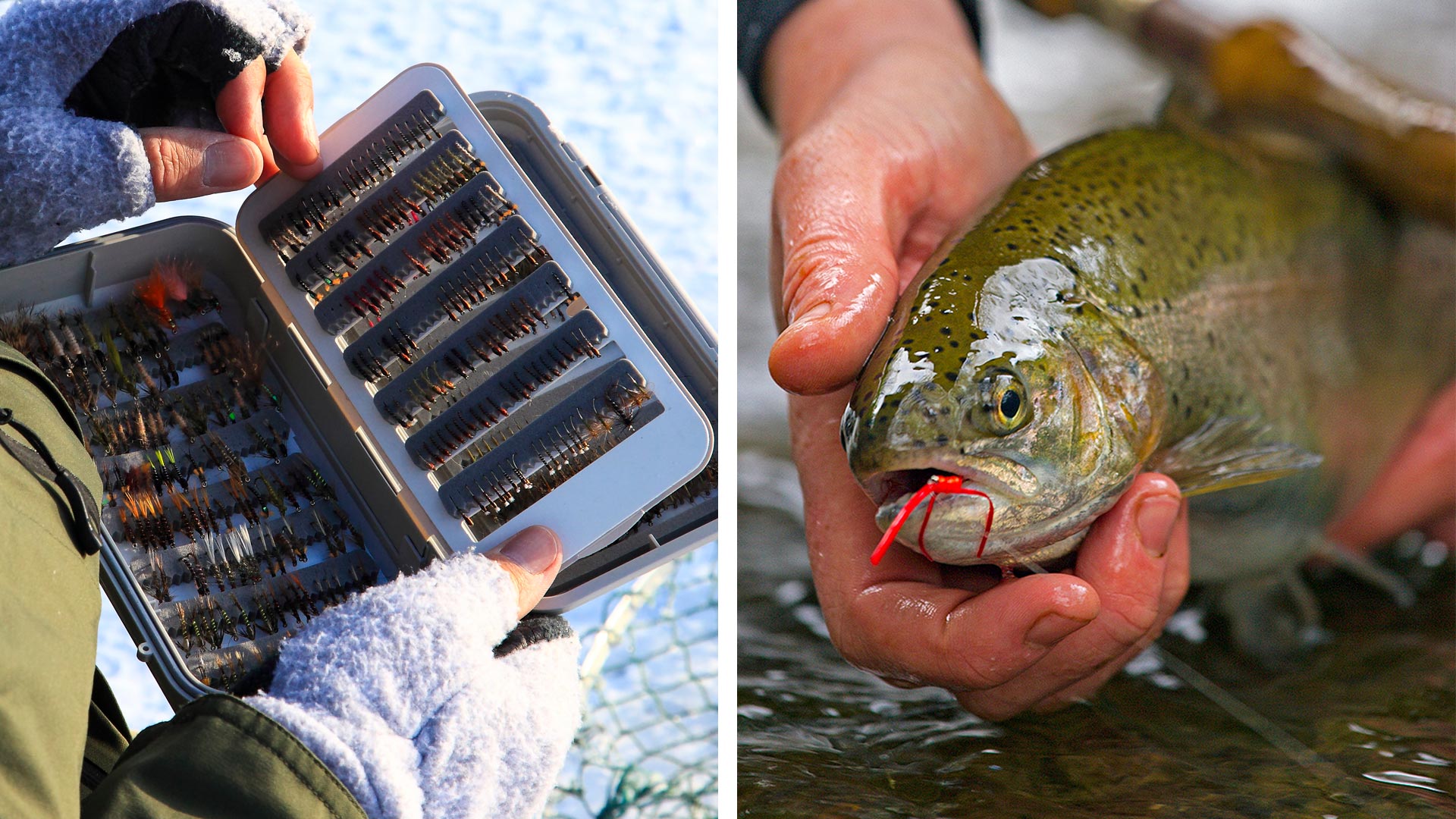
Discover the latest tactics from the UK’s leading fly-fishers every month in Trout & Salmon magazine. Subscribe or buy single issues here

